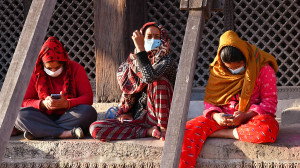Editorial
Question of credibility
Nomination of questionable figures as ministers will make people doubt the government’s intent.
The Cabinet’s shape and size are a strong indication of a government’s priorities. The new interim government, headed by former chief justice Sushila Karki, has inducted some worthy figures in the government. Inclusion of the likes of Kulman Ghising, Rameshore Khanal and Om Prakash Aryal in the first round of ministerial picks signalled the prime minister’s commitment to clean and efficient governance. The subsequent enlisting as ministers of various Gen Z representatives has also lent the government greater legitimacy in the eyes of the members of this generation, who were at the forefront of the early September revolt against the old order. But because there are so many claimants for the leadership of the Gen Z protests, some dubious names have also been floated by various interest groups, as ministers. In this time of transition, that is something normal. More surprising is the fact that the government has actually proposed these candidates as ministers. For one, there seems to be little vetting of the backgrounds of these individuals. Moreover, the Karki government also appears to be under pressure to make certain appointments.
In the latest such instance of botched nominations, the Prime Minister’s Office had recommended four ministers for the oath of office on Sunday. But only two of the four could be sworn in. The names of Khagendra Sunar, a Dalit activist, and Ganapati Lal Shrestha, a heritage conservationist, both of whom were nominated as ministers, had to be pulled out at the very last moment. Sunar was found to be on the fugitive list of the Nepal Police, with various cases lodged against him. In Shrestha’s case, the conservationist reportedly declined to be part of the Cabinet when the portfolio he was promised was surreptitiously changed. Before this, during the second round of Cabinet expansion on September 22, Prime Minister Karki had forwarded the name of Sangeeta Mishra as health minister. But her name had to be withheld after a corruption investigation against her came to light. (Some allege that Mishra, a senior Madheshi bureaucrat at the health ministry, was a victim of racism.)
Notwithstanding the limitations of the Karki government, such ad hoc decision-making decreases people’s trust in the government. All kinds of conspiracy theories are being woven around the Karki government’s formation, including troubling ones like the current government being formed in the interest of certain external powers. After years of plunder and mismanagement by the old guard, if the new government, formed on the back of the Gen Z uprising, cannot even appoint credible people to the posts of ministers, can it be expected to do any better? In this age of misinformation and disinformation, it is easy to weave sinister narratives around even minor mistakes—and unfortunately, many of those narratives tend to stick. This is why such shows of incompetence must be avoided. The priority of this government should not be seen as the appointment of ministers of certain backgrounds and persuasions, but to help the country tide over this difficult phase of transition.




 19.12°C Kathmandu
19.12°C Kathmandu
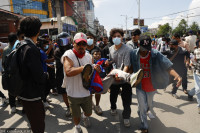
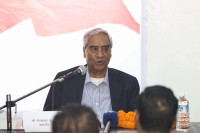



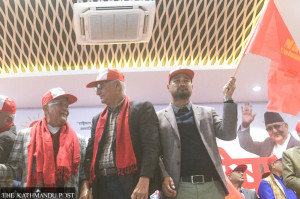

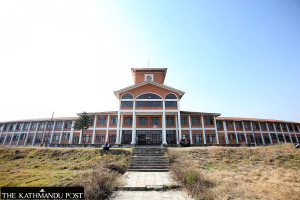




%20(1).jpg&w=300&height=200)

